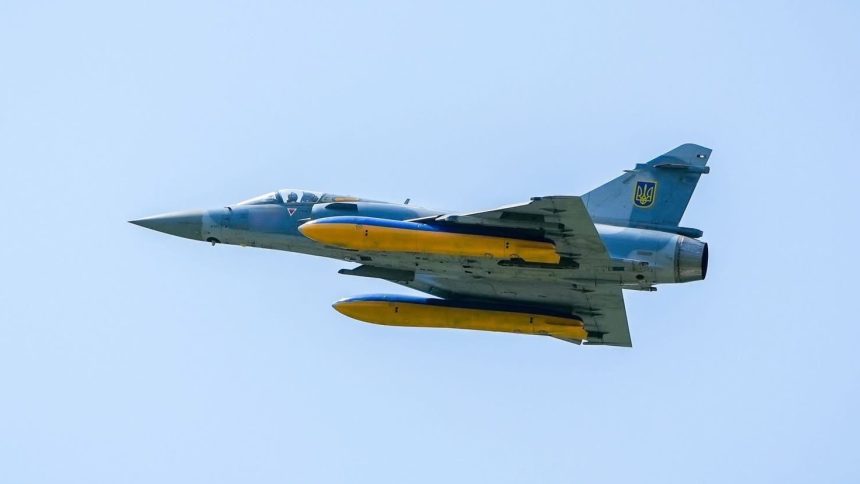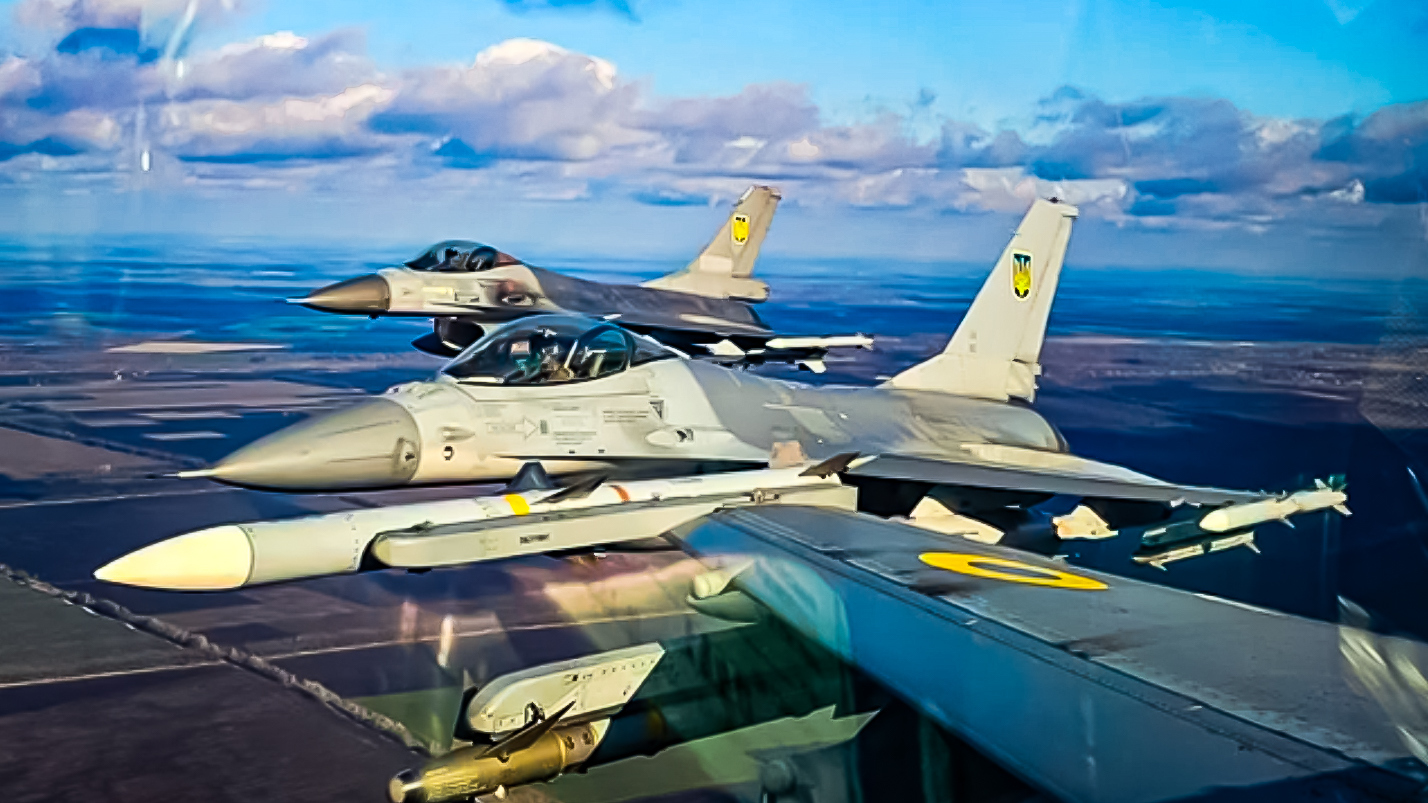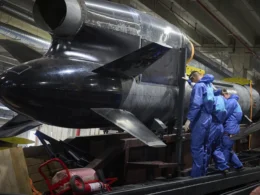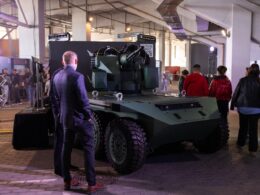- Ukraine has signed a deal with France for 100 new Rafale fighters
- The new jets could take a decade to arrive
- In the meantime, Ukraine's ex-French Mirage 2000 fighters are flying with old missiles
- The Magic 2 missile lacks the range, speed, and maneuverability of newer munitions
Ukraine's ex-French Dassault Mirage 2000 fighters are chasing down Russian cruise missiles with aging Magic 2 infrared-guided air-to-air missiles. But better French-made fighters—and presumably better missiles—are coming.
That's because, on Monday, Ukrainian Pres. Volodymyr Zelenskyy announced the planned acquisition of 100 Dassault Rafale fighters for the Ukrainian Air Force. The twin-engine, supersonic Rafale is a generation more advanced than the single-engine, supersonic Mirage 2000. "These are among the best aircraft capable of ensuring our defense," Zelensky wrote.
The France-Ukraine Rafale deal comes just weeks after Ukraine inked a separate deal with Sweden for up to 150 single-engine, supersonic JAS-39 Gripen fighters. Ukraine may also seek new Lockheed Martin F-16s—also single-engine, supersonic jets—from the United States.

The Swedish jets Ukraine could get were built to survive Russia—and that’s the point
Altogether, the Ukrainian air force could get hundreds of new fighters over the next decades, enough to replace the service's existing ex-Soviet jets and secondhand Mirage 2000s and F-16s and double the front-line fighter fleet. Thusly equipped, the Ukrainian air force would be one of the biggest and most powerful in Europe.
Ukraine's planned Western fighter acquisitions:
- 100 Dassault Rafale fighters from France (announced November 2025)
- Up to 150 JAS-39 Gripen fighters from Sweden (October 2025 deal)
- Additional F-16s potentially from the United States
- Current fleet: Dozen Mirage 2000s from France, plus F-16s delivered starting August 2024
Ukraine's fighter jet expansion plan spans decades
Financing is a problem, of course. The 250 Rafales and Gripens will cost tens of billions of dollars. The European Union has been debating a mechanism for using frozen Russian funds to finance military aid to Ukraine.
Zelenskyy struck an optimistic tone. With Rafales, Gripens, and F-16s, "the Ukrainian air force will be able to carry out all the necessary defense missions and guarantee our security," he stated. At present, however, the dozen or so 1980s-vintage Mirage 2000s that France has donated to Ukraine are fighting under serious constraints.
An official video the Ukrainian air force posted on Monday depicts a Ukrainian Mirage 2000 with six cruise missiles kill markings under its canopy and a pair of Magic 2 infrared missiles under its wings. The implication is that the air force has been flying some of its surviving Mirages—one crashed in July—on air-defense missions targeting Russian cruise missiles.
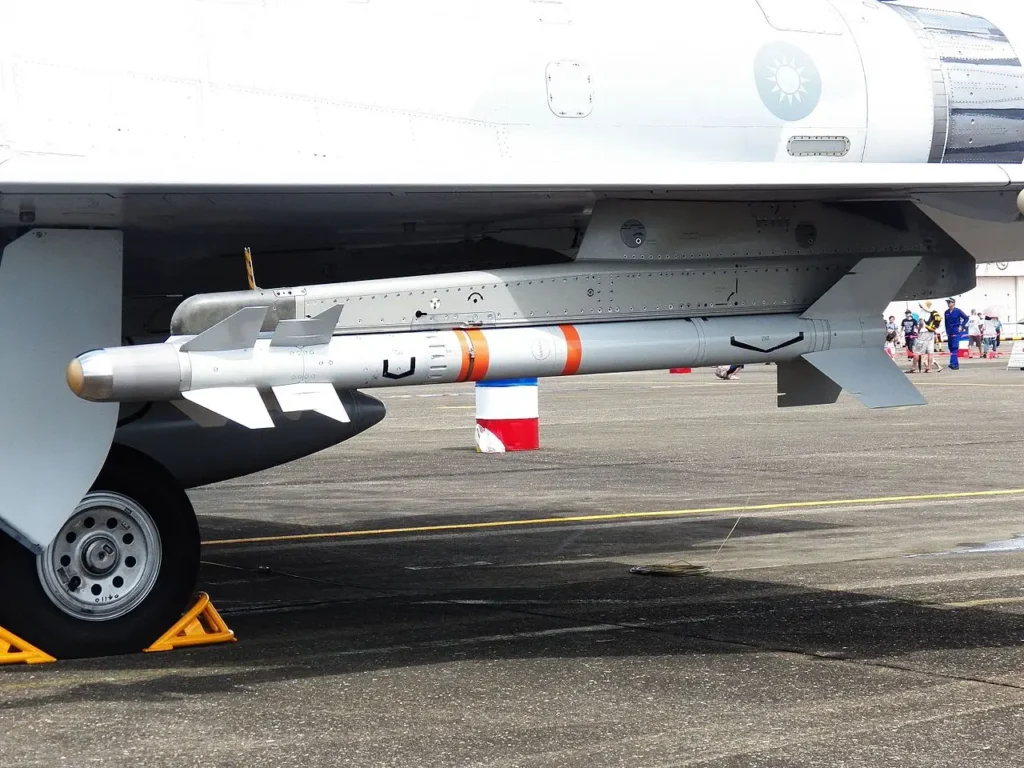
Magic 2 vs MICA: the capability gap
The 1985-vintage Magic 2 chases hot targets out to a distance of 20 km or so. It's an old missile that, in the French air force, has been superseded by the newer MICA missile.
| Capability | Magic 2 (1986) | MICA (Modern) |
|---|---|---|
| Maximum range | 20 km | 60-80 km |
| Speed | Mach 2-3 | Mach 4 |
| Weight | 89 kg | 112 kg |
| Maneuverability | Limited turn capability | 50g (0-7 km range) |
| Guidance | Infrared only | IR or active radar variants |
| Launch capability | Rear-aspect only | All-aspect, lock-on after launch |
| Entered service | 1986 | 1996 (RF), 2000 (IR) |
| Status in French Air Force | Retired/surplus | Active service |
The MICA is faster, more maneuverable, and capable of striking targets 80 km away, much longer-ranged than the Magic 2 is.
An undisclosed number of MICAs were reportedly included when France donated the first surplus Mirage 2000s to Ukraine early this year. It's possible the supply of MICAs is limited—and the older Magic 2s keep the Mirages fighting in the absence of better weapons. But there's no denying that arming a Mirage 2000 with Magic 2s effectively handicaps the fighter.
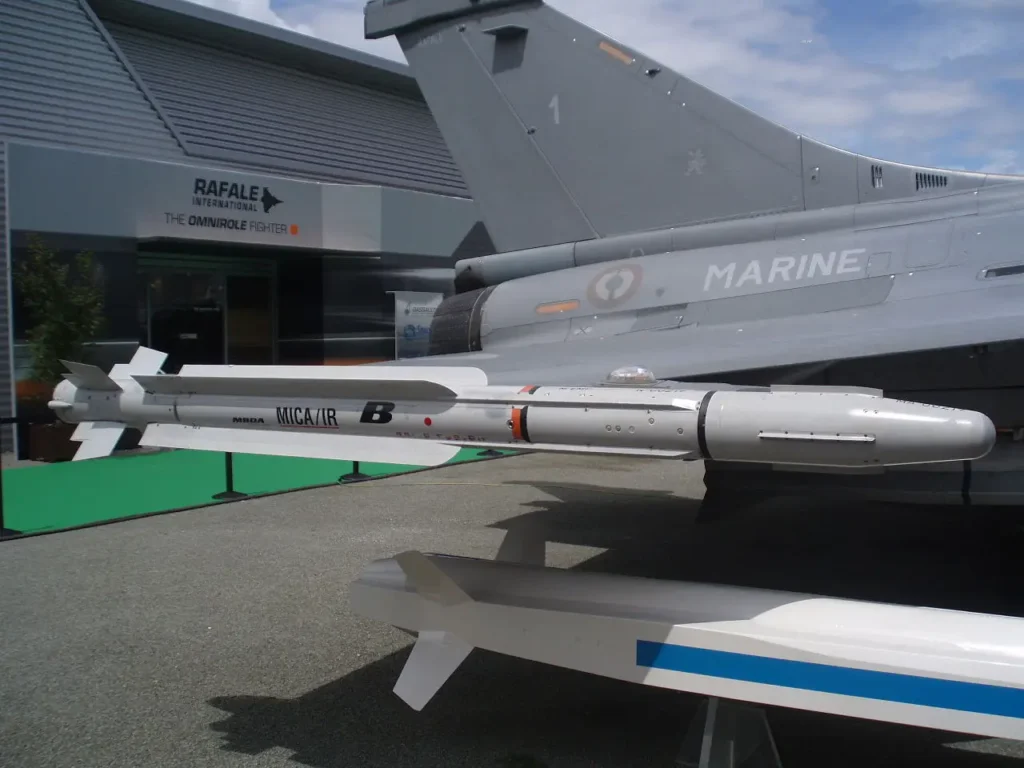
Electronic warfare gives Mirages strategic value beyond missiles
The Mirage 2000s are still useful, of course—and not just in the air-defense role. The French defense ministry promised to install new electronic countermeasures in the Mirage 2000s before transferring them to Ukraine. It's likely the ministry was referring to the mostly analogue Integrated Countermeasures Suite Mark 2 or the fully digital Integrated Countermeasures Suite Mark 3.
The countermeasures, which can jam Russian radars and spoof Russian missiles, don't just protect the Mirage 2000. They can extend an umbrella of aerial jamming that can also protect nearby Ukrainian planes—in particular, ex-Soviet MiGs and Sukhois that lack any electronic countermeasures.
Electronic countermeasure capabilities the Mirage 2000s bring to Ukraine:
- Radar jamming: Disrupts Russian air defense systems
- Missile spoofing: Confuses incoming Russian missiles
- Protective umbrella: Shields nearby Ukrainian aircraft lacking their own countermeasures
- Force multiplier: Enables mixed Soviet-Western strike packages
The arrival of the first F-16s back in August 2024, and the first Mirage 2000s six months later, allowed the Ukrainian air force to organize complex strike packages for the first time, mixing Soviet and Western jets combining different offensive and defensive capabilities.
"Sometimes when we arrive, there are already F-16s waiting there, or sometimes Mirages," a Ukrainian fighter pilot said in an official video from March. The F-16s and Mirage 2000s "either cover the whole package that is sent there to [strike] our enemies, or also strike [themselves]," the pilot said.
Rafales have even better electronic countermeasures, of course—and would presumably only carry MICAs. In that sense, the Magic 2-armed Mirage 2000s are a stopgap.

